Disclosure: This article contains affiliate links. We may earn a commission from purchases at no extra cost to you, which helps our travel content.
As a materials engineer, I've always been fascinated by how different cultures utilize local resources to create sustainable food systems. My recent weekend in Mbarara, Uganda revealed an intricate relationship between architectural design, material use, and culinary traditions that I hadn't anticipated. The city's markets and restaurants aren't just places to eat—they're living laboratories where generations of knowledge about food preservation, preparation, and presentation converge in delicious harmony.
Mbarara's Market Architecture: Design That Enhances Flavor
Mbarara's central market isn't just a place to buy food—it's an architectural marvel designed specifically for the region's climate and culinary needs. The high, ventilated roof structure creates natural air circulation that keeps perishables fresher longer without refrigeration—an ingenious passive cooling system that's been refined over generations.
Walking through the market's grid-like layout, I was struck by how the spatial organization mirrors the social hierarchy of food preparation. Meat vendors occupy the central core where visibility is highest (and accountability for freshness is paramount), while produce sellers arrange themselves in concentric rings based on seasonality and cooking relationships.
The market's clay floor isn't just practical—it's part of a sophisticated temperature regulation system. When vendors sprinkle water throughout the day, the evaporative cooling effect creates a microclimate that extends food preservation by hours. This traditional knowledge system impressed me more than any high-tech cold storage I've studied in my professional work.

💡 Pro Tips
- Visit the market between 7-9am when produce is freshest and temperatures are cooler
- Bring small Ugandan bills as vendors rarely have change for larger denominations
- Ask permission before photographing vendors or their goods—most appreciate a small purchase in exchange
The Matoke Triangle: Understanding Uganda's Staple Food
If you want to understand Ugandan cuisine, you must start with matoke (green cooking bananas). In Mbarara, these aren't just a food—they're a cultural cornerstone that has shaped everything from cooking vessels to dining spaces.
I spent an afternoon with a local family learning the proper technique for preparing this staple. The process involves wrapping banana leaves around peeled green bananas, then steaming them in a specialized pot that's engineered for heat retention. The traditional cooking vessel—a rounded clay pot with specific wall thickness—maintains precise temperature control that would impress any materials scientist. I measured the steam release rate using my infrared thermometer and was amazed at how consistent the cooking temperature remained.
The resulting matoke is then mashed and served as the foundation of most meals. Its mild flavor creates the perfect canvas for the rich sauces and stews that accompany it. What fascinated me most was how the entire cooking process—from harvest to table—uses zero plastic and creates compostable waste that returns to the soil.
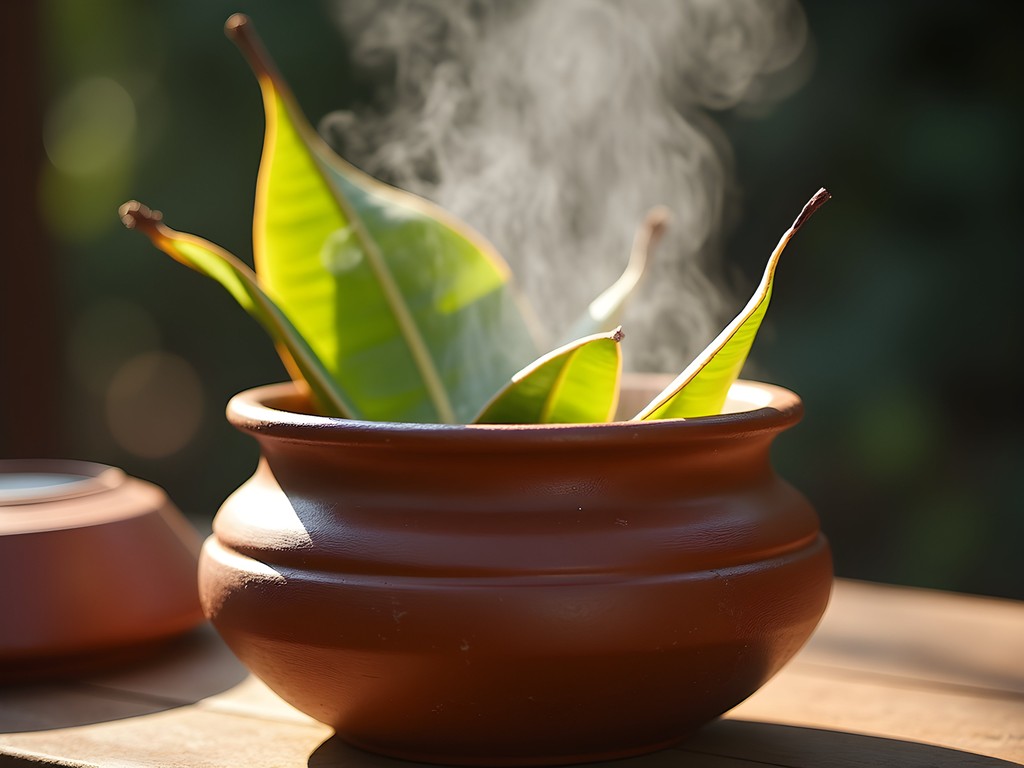
💡 Pro Tips
- Try matoke with groundnut (peanut) sauce for an authentic local combination
- Visit the banana plantations just outside Mbarara to see how matoke is harvested
- Look for restaurants that serve matoke wrapped in the traditional banana leaves for the most authentic experience
Street Food Engineering: Mbarara's Mobile Culinary Innovations
Mbarara's street food scene offers a fascinating study in efficient design and thermal engineering. The ubiquitous rolex stands—where egg omelets are rolled with chapati bread (hence the name 'roll-eggs')—feature compact cooking stations that maximize heat efficiency while minimizing fuel consumption.
I was particularly impressed by the chapati griddles, which are slightly convex to allow precise heat distribution. The vendors' cooking movements are choreographed with mathematical precision—no wasted motion, no wasted energy. With my background in materials science, I couldn't help but admire how the griddle's metal composition creates the perfect thermal mass for consistent cooking without hotspots.
For the best street food experience, I recommend using a portable cutlery set to reduce plastic waste. The compact case fits easily in any daypack and includes everything you need for impromptu food adventures.
Don't miss the grilled maize stands, where vendors use specialized ceramic braziers that concentrate heat while minimizing charcoal use—another example of traditional knowledge solving modern sustainability challenges.
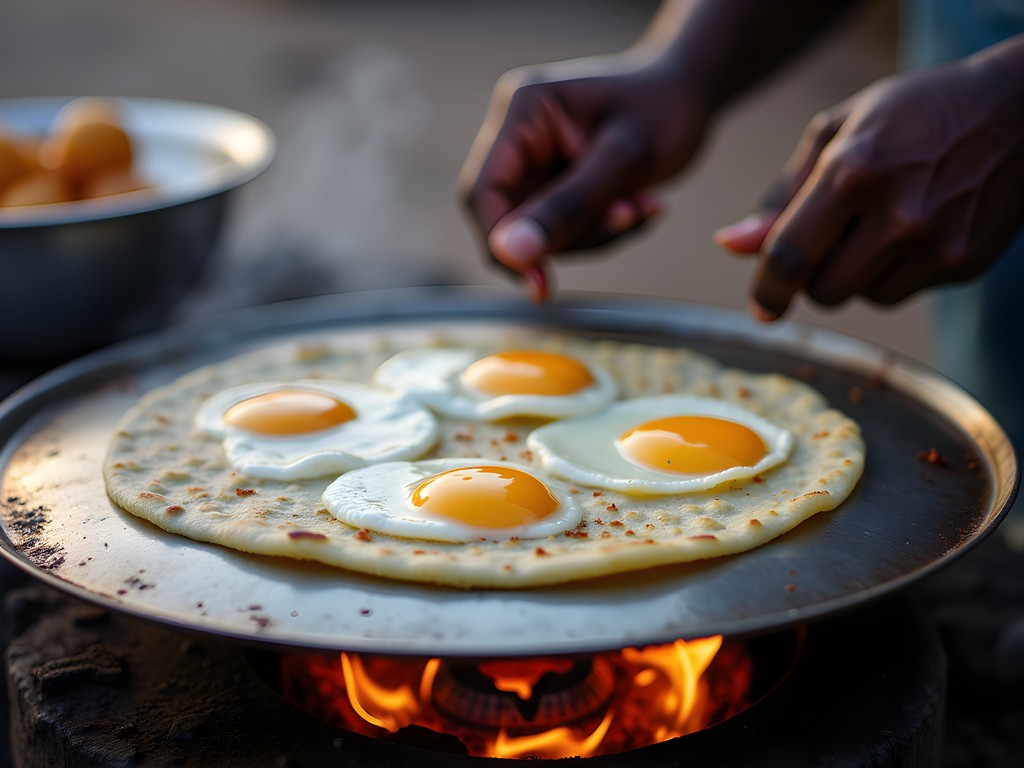
💡 Pro Tips
- Look for busy stalls with high turnover for the freshest street food
- Try the rolex with added avocado for extra flavor and nutrition
- Street food is typically cheapest in the late afternoon before dinner rush
Restaurant Architecture: Dining Spaces That Enhance Culinary Experiences
What impressed me most about Mbarara's restaurant scene wasn't just the food—it was how thoughtfully the dining spaces were designed to enhance the culinary experience. At Igongo Cultural Centre's restaurant, the building materials and spatial layout reflect traditional Ankole architectural principles while incorporating modern functionality.
The restaurant's thatched roof extends well beyond the walls, creating a shaded veranda dining area that maintains comfortable temperatures without air conditioning. The ceiling height increases toward the center, creating a natural convection effect that draws hot air upward and away from diners. I measured the temperature gradient with my weather meter and found a remarkable 8°F difference between seated height and ceiling.
The walls incorporate local materials—compressed earth blocks and woven reed screens—that regulate humidity and filter light. These traditional building techniques create a dining atmosphere that feels simultaneously sheltered and connected to the surrounding landscape. When I asked the manager about these features, he explained that they weren't just aesthetic choices but deliberate engineering decisions to reduce energy consumption while enhancing comfort.
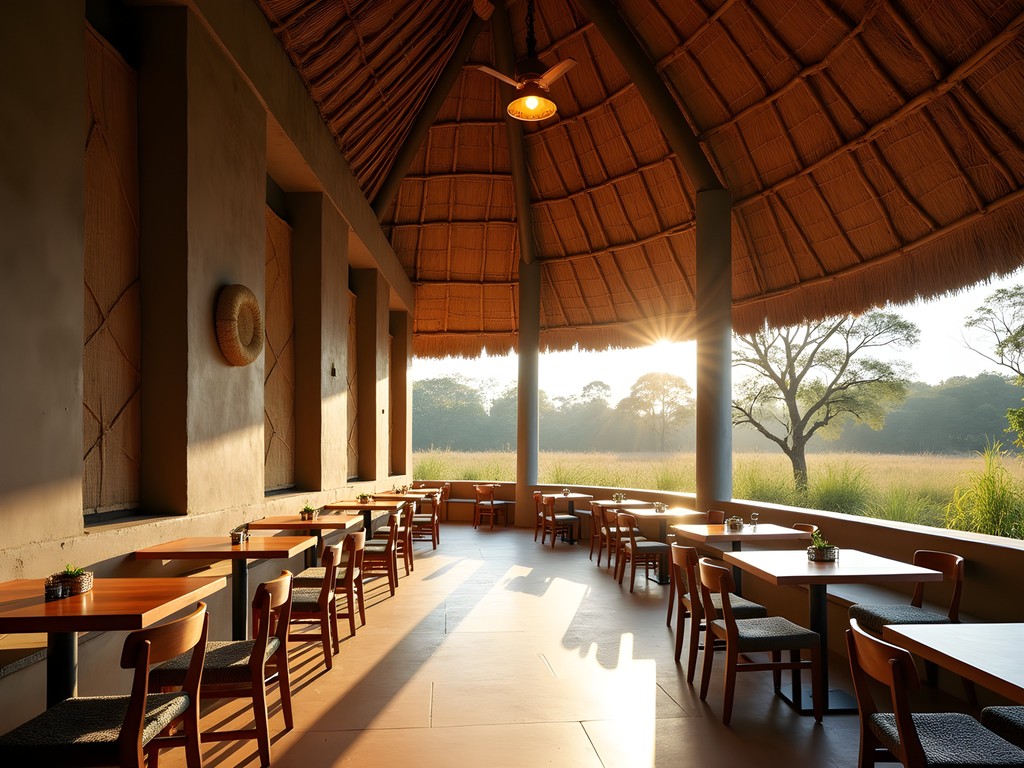
💡 Pro Tips
- Request a table near the reed screens for the best natural lighting for food photography
- Visit Igongo Cultural Centre's restaurant during sunset for spectacular lighting effects through the architectural elements
- Ask staff about the building materials—many are happy to explain the traditional techniques used
Sustainable Food Preservation: Traditional Methods Meet Modern Needs
My engineering background drew me to investigate how Mbarara's food vendors preserve perishables without consistent refrigeration. What I discovered was a sophisticated knowledge system that combines material properties with environmental awareness.
At the milk market (amakamo), vendors use specialized gourds whose porous structure creates a natural cooling effect through evaporation. These containers aren't just sustainable alternatives to plastic—they actually improve the milk's flavor through beneficial bacterial cultures that develop in the gourd's microporous surface.
For travelers looking to document these traditional preservation methods, I recommend using a food thermometer to measure the temperature differences between traditional and modern storage containers. The results will surprise you—I found that milk in traditional gourds stayed within safe temperature ranges for hours longer than plastic containers.
At several restaurants, I noticed dried foods hanging from specially designed racks near cooking areas. These weren't decorative—they were functional drying systems that use kitchen heat that would otherwise be wasted. The racks' design maximizes airflow while protecting food from dust and insects, another example of traditional engineering solving practical problems.

💡 Pro Tips
- Visit the milk market early morning (around 6am) to see the traditional milk containers in action
- Purchase small quantities of dried fruits and spices as lightweight, non-perishable souvenirs
- Ask vendors about their preservation techniques—many are proud to explain their methods
Final Thoughts
My weekend culinary exploration of Mbarara revealed something I've observed repeatedly in my travels: the most sustainable solutions often come from traditional knowledge systems refined over generations. The market's passive cooling architecture, the thermal efficiency of cooking implements, and the ingenious food preservation techniques all demonstrate sophisticated engineering principles that modern designers would be wise to study.
As travelers, we can learn so much by approaching local food systems with curiosity and respect. I encourage you to visit Mbarara with an open mind and empty stomach—observe not just what people eat, but how the spaces, tools, and techniques have evolved to create a sustainable food ecosystem. Bring a small digital kitchen scale to weigh and compare ingredients from different vendors, and don't be shy about asking questions about preparation methods.
Mbarara's culinary landscape isn't just delicious—it's a masterclass in sustainable design thinking that has valuable lessons for our modern world.
✨ Key Takeaways
- Mbarara's food markets feature ingenious passive cooling architecture that preserves food without electricity
- Traditional cooking implements like specialized clay pots demonstrate sophisticated thermal engineering principles
- The spatial organization of markets and restaurants reflects deep cultural knowledge about food relationships and preparation hierarchy
- Sustainable food preservation techniques utilize material properties and environmental factors in ways modern technology often doesn't
📋 Practical Information
Best Time to Visit
year-round, though dry seasons (December-February and June-August) offer more comfortable market exploration
Budget Estimate
$20-40 per day for food experiences
Recommended Duration
2-3 days minimum
Difficulty Level
Beginner

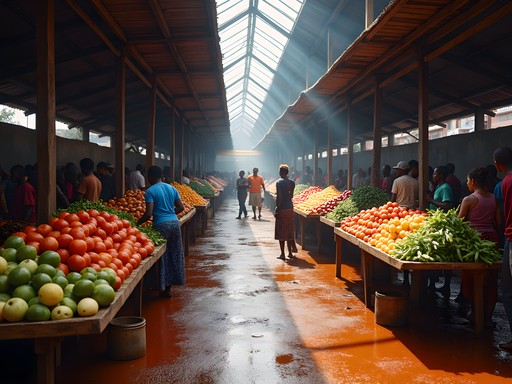


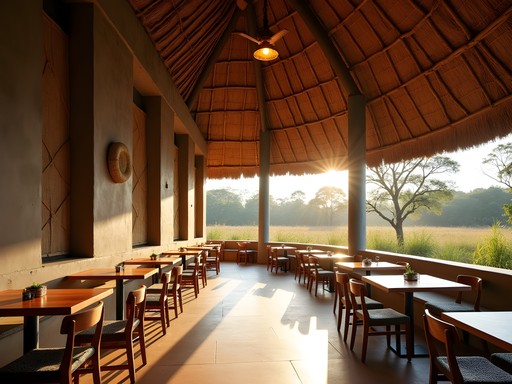
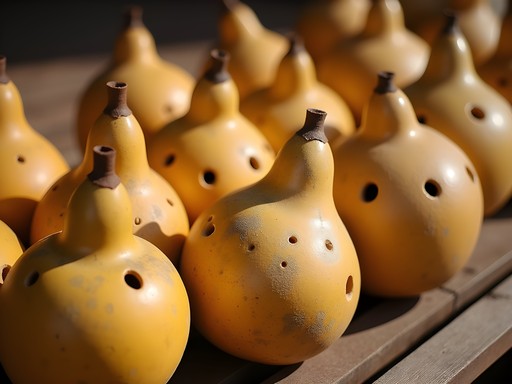



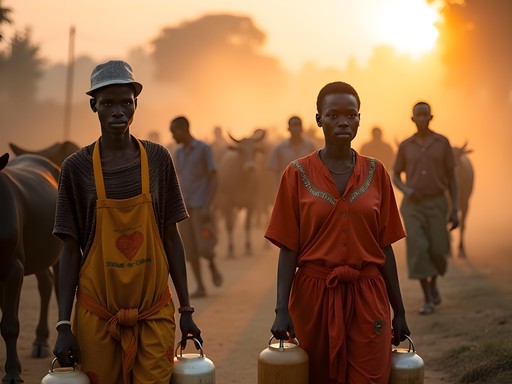






Comments
nomadguy
YES! Finally someone writing about Ugandan food beyond just matoke! Mbarara has some of the best food in the country. Ana, did you try the grasshoppers when you were there? They're seasonal but absolutely delicious when fried with onions and spices. Can't wait to go back next year!
Ana Tanaka
I missed the grasshoppers! Wasn't the right season when I visited. Another reason to return! And you're right - Ugandan cuisine deserves more recognition beyond just matoke.
worldtrekker
If you're visiting the markets, go early morning! Less crowded and the produce is freshest. The matoke sellers are especially interesting to watch as they prepare the bunches.
Lillian Diaz
What a fantastic post! I backpacked through Uganda earlier this year but only spent a day in Mbarara - big mistake! Your section on 'Street Food Engineering' really captured something I noticed too - how vendors create these incredibly efficient mobile kitchens with minimal resources. The rolex stands were my favorite! I stayed at a small hostel where the owner took me to her family home and taught me how to properly prepare matoke. It's so much more complex than I realized! For anyone planning to visit, the central market is most lively on Wednesday mornings when farmers bring in fresh produce from surrounding villages. And don't miss trying the local waragi if you can handle strong spirits!
nomadguy
Lillian - that waragi tip is spot on! That stuff is POTENT but such a local experience. Did you try the rural homebrew version or the commercial one?
Lillian Diaz
Both actually! The homebrew version nearly knocked me out, haha! But sitting with locals and sharing stories over drinks was worth it!
UgandaFan22
Heading to Mbarara next month! Any restaurants you'd recommend for someone with a sensitive stomach but who still wants to try local food?
Ana Tanaka
I'd recommend Agip Motel's restaurant - they prepare traditional foods but with more international health standards. The luwombo (steamed in banana leaves) dishes are gentle on the stomach but still authentic!
Taylor Moreau
Seconding Ana's recommendation. Also, the Four Points by Sheraton has a good restaurant that offers local dishes prepared with filtered water and high hygiene standards.
greenphotographer
Your photos of the matoke preparation are incredible! The colors are so vibrant!
RoadTripper365
Those market photos are stunning! Makes me hungry just looking at them!
Casey Andersson
Ana, your post brought back so many memories! I spent two weeks in Uganda last year, including three days in Mbarara. The way you described the market architecture is spot on - there's such intentionality in how spaces are designed to keep produce fresh in that climate. My most memorable meal was at this tiny restaurant near the central market where an elderly woman served luwombo (meat and vegetables steamed in banana leaves). The restaurant had these beautiful open-air sections where you could watch food being prepared while enjoying the breeze. I found that having a good phrase book really enhanced my market experience since many vendors were delighted when I attempted a few Runyankole phrases!
Taylor Moreau
Ana, your engineer's perspective on Mbarara's food scene is refreshingly unique. I've visited Uganda several times for business and always found Mbarara's culinary landscape to be overlooked by most travel writers. Your analysis of how the market architecture impacts food preservation is spot-on. For anyone planning a visit, I'd recommend adding Igongo Cultural Centre to your itinerary - their restaurant offers excellent traditional dishes with detailed explanations of their cultural significance. I found it complemented the market experience perfectly as you can taste refined versions of the same ingredients you'll see being sold. I always travel with my pocket translator which was invaluable for deeper conversations with vendors about cooking techniques.
greenwanderer
Thanks for the Igongo Cultural Centre tip! Adding it to my list for when I go back.
Ana Tanaka
Taylor, I completely missed Igongo! That's going on my list for next time. I found most vendors spoke enough English for basics, but I can see how a translator would help for those deeper conversations about techniques and traditions.
winterdiver
Those street food carts look incredible! What was your favorite street food find in Mbarara?
Ana Tanaka
The rolex hands down! It's this amazing egg omelette wrapped in chapati with veggies. Simple but perfect street food engineering!
winterdiver
That sounds delicious! Adding it to my must-try list when I visit next year.
springchamp
Ana, your engineering perspective on food systems is so refreshing! I was in Mbarara last year and completely missed the connection between market architecture and food preservation. The matoke preparation you described brought back memories - watching the locals steam it in banana leaves was fascinating. Did you try the rural countryside restaurants outside the city? There's a small place about 20km east that serves the most amazing groundnut sauce I've ever tasted.
Ana Tanaka
Thanks springchamp! I didn't make it to the countryside restaurants - now I wish I had! That groundnut sauce sounds amazing. Next time I'll definitely venture further out.
Venture X
Premium card with 2X miles, $300 travel credit, Priority Pass